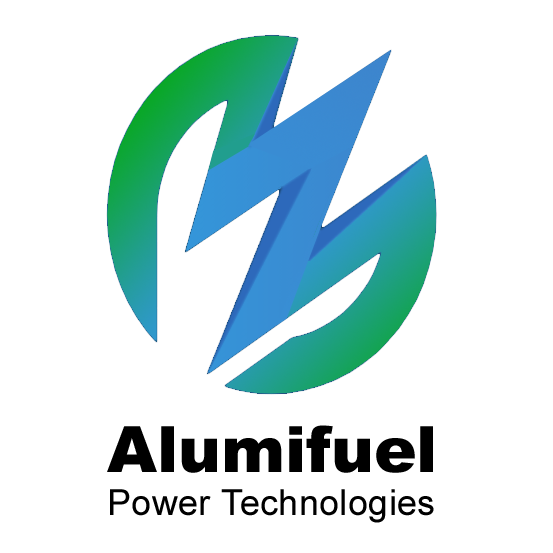The scientific community is expecting to see a rapid growth in hydrogen production so that the world total energy market has at least 25% of the $80 to $90 trillion world energy market.
We anticipate that this could occur sooner just because states as California are clearly banning the sale of fossil fuel vehicles by 2035.
Public Perception: “H2 Economy” = Automotive applications
- Technical obstacles (safety, storage, distribution) have been overcome to enable rapid deployment
- Adoption has been slower than anticipated
- What must happen to commercialize automotive applications?
- Volume manufacturing, lower cost and increased reliability of H2 Fuel Cells
- Increased use of fuel cells by automakers
- New fuel distribution infrastructure (Bulk H2production plants near dispersed customers, e.g. service stations.
Limited public awareness of substantial and growing pre-automotive markets being driven by early adopters
- H2 fuel cells for backup, portable and auxiliary power applications
- Deliver longer run times, lower emissions, cheaper operations than present batter, genset, diesel and other techniques.
Limited public awareness of substantial and growing pre-automotive markets being driven by early adopters
- H2 fuel cells for backup, portable and auxiliary power applications
- Deliver longer run times, lower emissions, cheaper operations than present batter, genset, diesel and other techniques.
How Alumifuel Impacts the Hydrogen Economy
- Economics of supply & demand and a push for “Green” Energy are driving the hydrogen industry to evolve on many scales for various applications
- Increased demand for pre-automotive fuel cells will increase manufacturing scale and therefore decrease the cost of components, and also create viable supplier base for automotive fuel cells.
- Has led to commercialization of automotive fuel cell applications, Hyundai Tucson HYEV was introduced in 2013
Alumifuel in the forefront of transition to the hydrogen economy
- Our technology and products will help accelerate the transition
- Our “Sweet Spot” applications (backup, portable, auxiliary and remote power) will facilitate increased usage and capability of hydrogen fuel cells.
- We will leverage our cheaper logistics chain to replace delivery of har to handle K cylinders for H2
Alumifuel’s unique non-fuel cell applications will facilitate early market entry and solid source of revenue while fuel cell applications mature.
- Our superheated steam and H2 will drive turbines for Unmanned Underwater Vehicle (UUV) and Auxiliary Power Units (APU)
- Our H2 Gas can easily and safely inflate weather balloons
- Our Chemical reaction fuels flameless heaters
- Alumifuel has significant differentiators in performance, adaptability, and cost effectiveness within our target market applications
